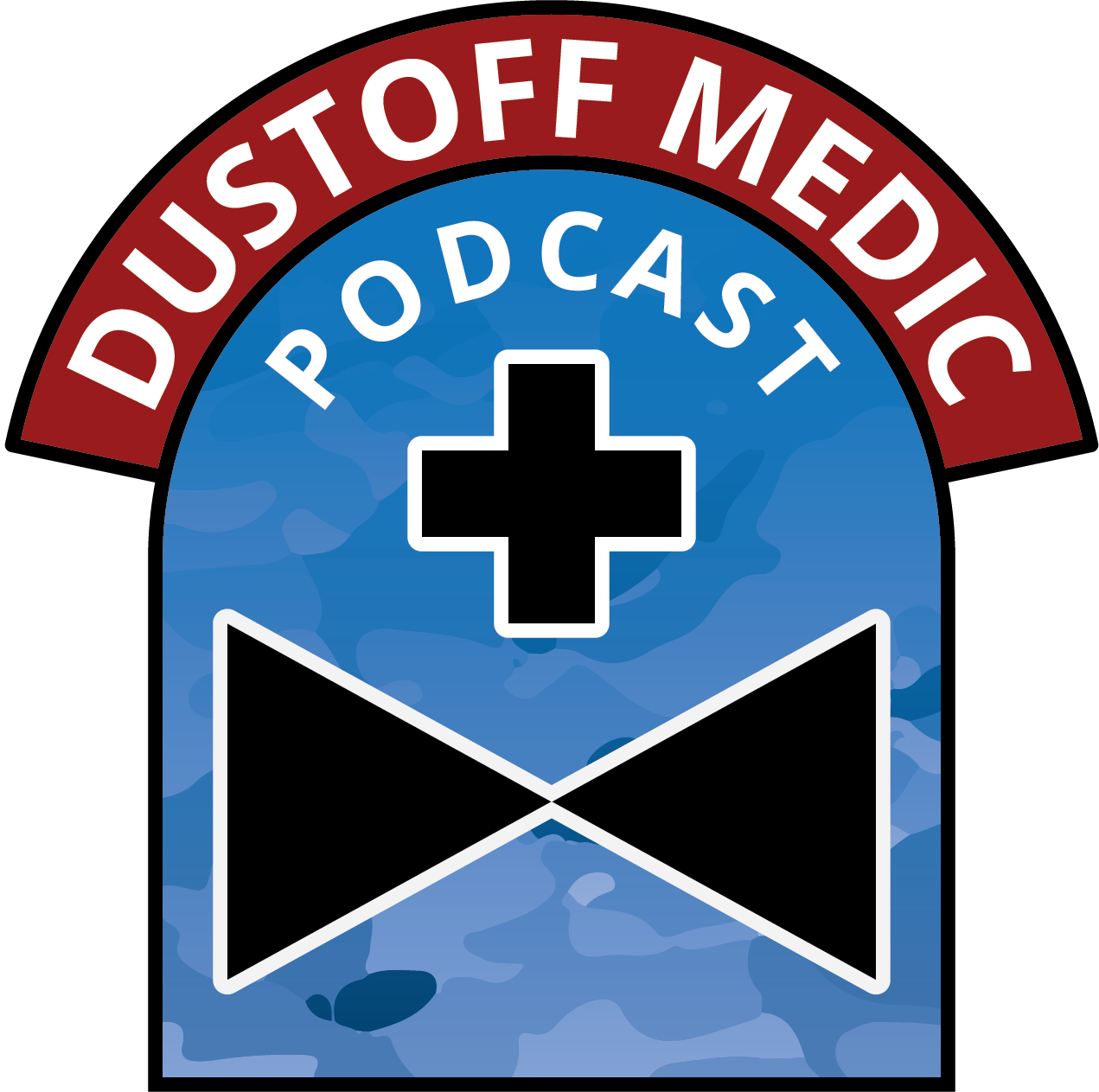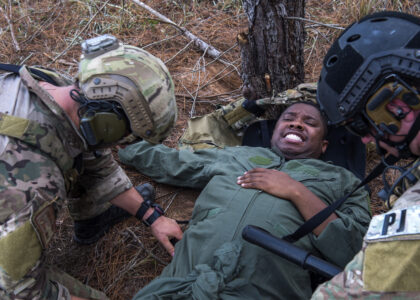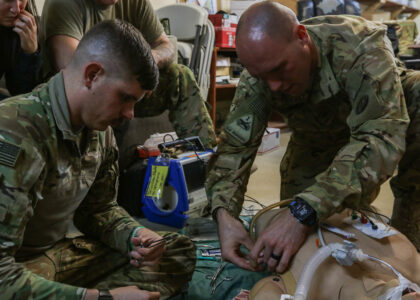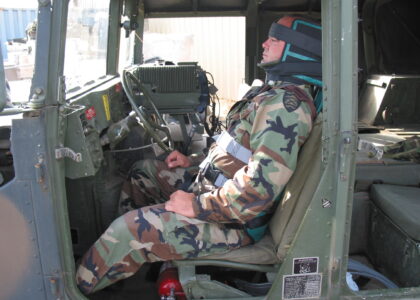
With Dr. Jeffrey Siegler
Dr. Jeffrey Siegler joins us to discuss the SMOG Airway Confirmation guideline. The first half of this episode follows the SMOG, then we pivot to discuss “the sledgehammer.” Dr. Siegler has conducted important research on the excessive tidal volumes delivered by the “adult” BVM. After you’ve listened to this episode, watch his presentation to the Joint Trauma System, and read:
- Siegler J, Kroll M, Wojcik S, Moy HP. Can EMS Providers Provide Appropriate Tidal Volumes in a Simulated Adult-sized Patient with a Pediatric-sized Bag-Valve-Mask?. Prehosp Emerg Care. 2017;21(1):74-78. doi:10.1080/10903127.2016.1227003 https://pubmed.ncbi.nlm.nih.gov/27690714/
Trevor mentions the difficulty of effective lung auscultation. StatPearls has a good summary.
We’ve posted a great ETCO2 waveform reference from the PFC Airway Management CPG under ‘Resources’ above. Use the cheat sheet, but read the CPG too—it’s an excellent document.
Ultrasound may be a faster method to confirm airway placement than end-tidal capnography. Take a look at this recent article:
- Chowdhury AR, Punj J, Pandey R, Darlong V, Sinha R, Bhoi D. Ultrasound is a reliable and faster tool for confirmation of endotracheal intubation compared to chest auscultation and capnography when performed by novice anaesthesia residents – A prospective controlled clinical trial. Saudi J Anaesth. 2020;14(1):15-21. doi:10.4103/sja.SJA_180_19 https://www.ncbi.nlm.nih.gov/pmc/articles/PMC6970360/
Finally, ultrasound is proven to be safe and effective for use inside helicopters. The earliest reference we can find for this is below, and many studies since have bolstered this.
- Lichtenstein D, Courret JP. Feasibility of ultrasound in the helicopter. Intensive Care Med. 1998;24(10):1119. doi:10.1007/s001340050730 https://pubmed.ncbi.nlm.nih.gov/9840254/
Check out the episode below, or wherever you listen!







Recent Comments